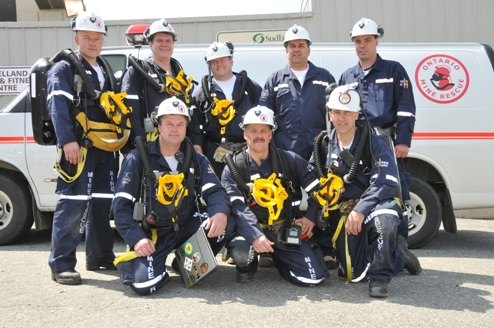This article was provided by the Ontario Mining Association (OMA), an organization that was established in 1920 to represent the mining industry of the province.
Participants in the Ontario Mining Association´s Climate Change Workshop came to grips with the web of complexities surrounding this environmental issue. The goal of the workshop was to provide some information on the current political and regulatory realities surrounding climate change and how they could impact mining operations in the province. Mining companies in Ontario spend more than $500 million on energy annually and 95% of the greenhouse gas emissions from the mining sector are derived from energy use.
Speakers at the workshop included David Clarry from the consulting engineering firm Hatch, who provided a “Climate Change 101” course and Steve Quigley, a principal with Conestoga-Rovers & Associates, who spoke about the global regulatory context and implications for Ontario´s membership in the Western Climate Initiative. Paul Stothart, Vice president Economic Affairs at the Mining Association of Canada, provided information on the “Towards Sustainable Mining” program, while Bruce Dudley with the Delphi Group provided insights into developing corporate sustainability strategies and led a facilitated discussion on next steps for the OMA.
Over the past decade, the Mining Association of Canada has worked with the Canadian federal government on more than half a dozen greenhouse gas emission reduction plans, including “Turning the Corner.” Although the future of the latest federal plan is uncertain, there are policy developments in Ontario that clearly need to be considered by OMA members. Along with membership in the Western Climate Initiative, Ontario has signed a Memorandum of Understanding with Quebec and released five discussion papers in December regarding Cap and Trade. Participants at the session were encouraged to assist the OMA in responding to these papers and in engaging in a dialogue with the Ministry of Environment.

























